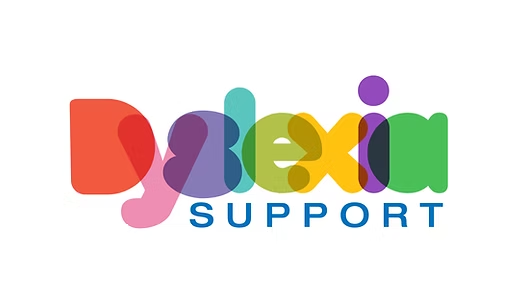Specialist Teaching
Specialist teaching involves using multi-sensory and interactive techniques to help learners overcome their difficulties, and ensure that they achieve to the best of their abilities. This type of teaching is very different from the kind of teaching they do in the classroom, as it is completely tailored to the individual and is used to target areas of need. In addition, because the lessons are one-to-one, skills are broken down into small, manageable steps and the learner works at their own pace.
Sessions take place weekly during term term, and usually consists of a one hour lesson, which can be conducted during the day (this can take place at the learner’s school if they give permission) or after school (subject to availability). Lesson length may vary for classes taken during school hours, to fit in with the learners timetable.
